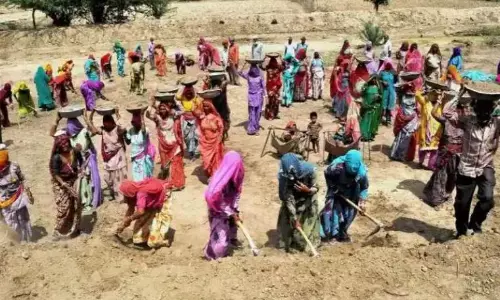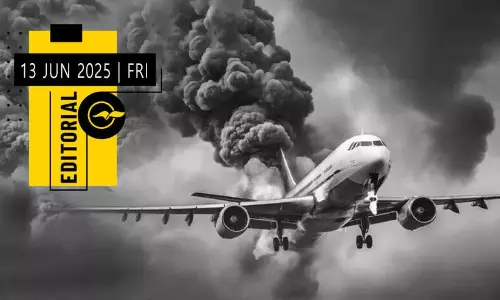
Restoration of 400-year-old Mughal-era bridge in Delhi to be completed in 3 months
text_fieldsThe Archaeological Survey of India (ASI) is set to restore the historic Barapulla Bridge, a 400-year-old structure located in Delhi's Nizamuddin area, within the next three months, according to Raj Niwas officials.
The bridge, built in 1628 during the Mughal era, has long been in a state of disrepair, encroached upon, and used as a dumping ground for debris and garbage from nearby localities.
Delhi Lieutenant Governor V K Saxena has taken a personal interest in the restoration efforts, making two site visits within a week, the first on August 4.
During his second visit, which took place on Sunday, Saxena was accompanied by the Delhi Chief Secretary and the ASI Director General, who assured him that the restoration would be completed within three months. The ASI has been instructed to maintain the bridge's original structure while carrying out the work, and to install proper lighting once the restoration is complete.
The 200-meter-long bridge was officially handed over to the ASI on Sunday for the restoration process.
Saxena has praised the collaborative efforts of multiple agencies, including the Municipal Corporation of Delhi, the Public Works Department, the Irrigation and Flood Control Department, the Railways, and the ASI, in removing the encroachments and beginning the desilting of the drain beneath the bridge. The restoration work will commence immediately after the desilting is completed.
Historically, the Barapulla Bridge, named for its 12 piers and 11 arches, was constructed by Minar Banu Agha under the guidance of Emperor Jehangir. The road between the bridge and Humayun's Tomb was once a wide, tree-lined path. The bridge was considered one of Delhi's most beautiful, and it is believed that the Mughals used it to cross the Yamuna River on their way to Nizamuddin Dargah and Humayun's Tomb from Agra, which was the capital at the time.























